How to grill in the winter – grilling gurus reveal 7 tips for easy winter grilling
No one wants to grill out in the cold, but these tips make it much simpler
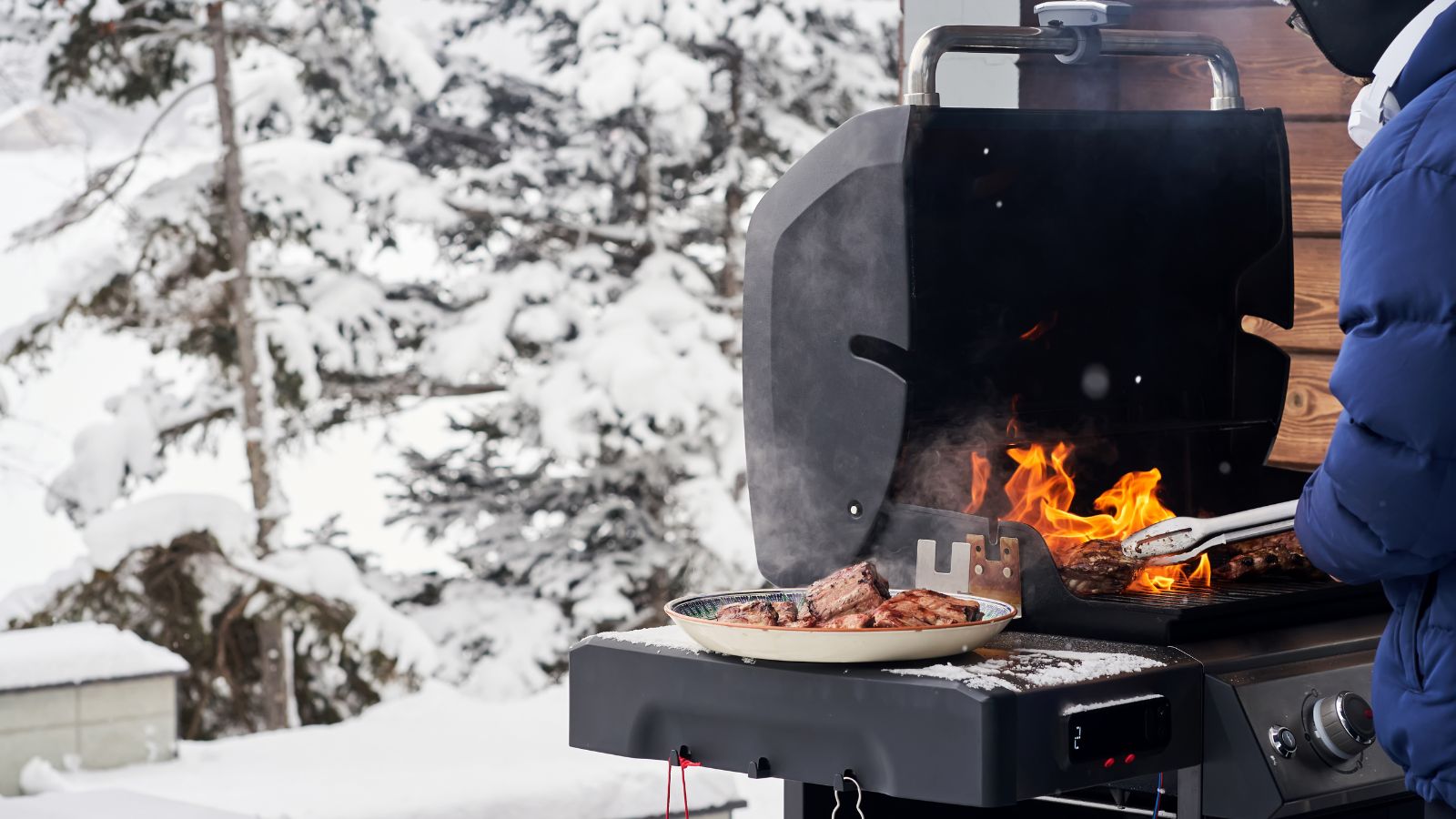

There's nothing like a grill for home cooking. Grills create a smoky flavor and sear that you just can't match in a kitchen.
The big drawback with grills, however, is that they're only really useful for half the year. When the temperature drops and the snow starts falling, few of us want to be grilling out in the freezing cold.
However, there are a few ways you can make grilling outdoors more bearable. I spoke to several grilling experts about how to grill in winter for burgers and steaks year-round.
1. Allow more time for your grill to heat up
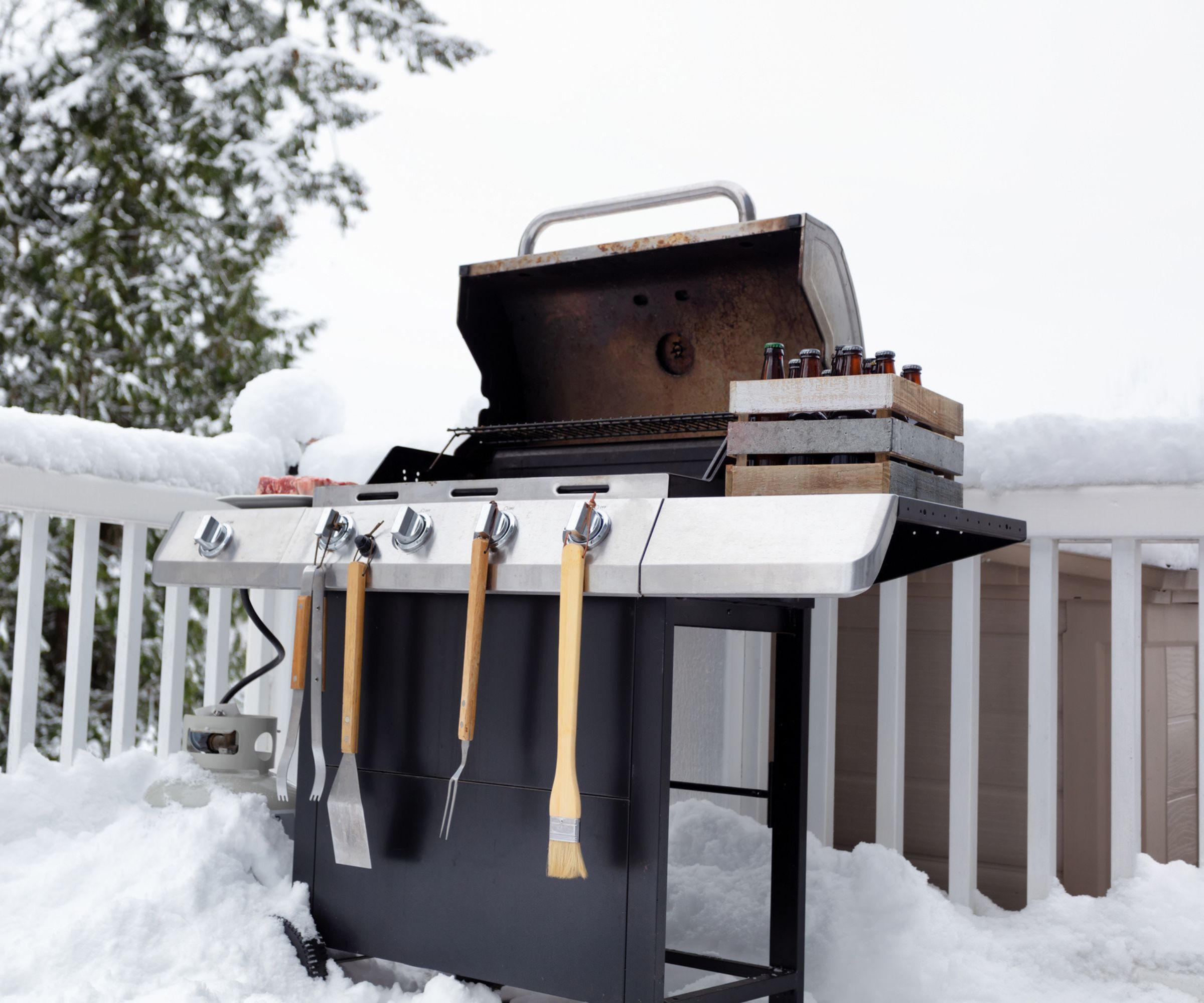
The first thing to bear in mind is that you need more time for your grill to heat. The fire is raising the temperature of the grates from a lower starting point than in summer - in some cases, the metal will be freezing. That naturally means that it will take a little more time.
Grilling expert Sean Martin says that 'All grills will need a little more time to heat up because of the need to get the ambient temperature inside the grill to grill temp. Typically an extra 15 minutes depending on the type of grill. Give yourself 30 minutes if it's really windy.'
This is a crucial step - if the grill isn't hot enough, you'll be out in the cold for longer than you need while your burgers cook. If the grill is really cold, you won't get that tasty Maillard reaction for searing your burgers or chicken.
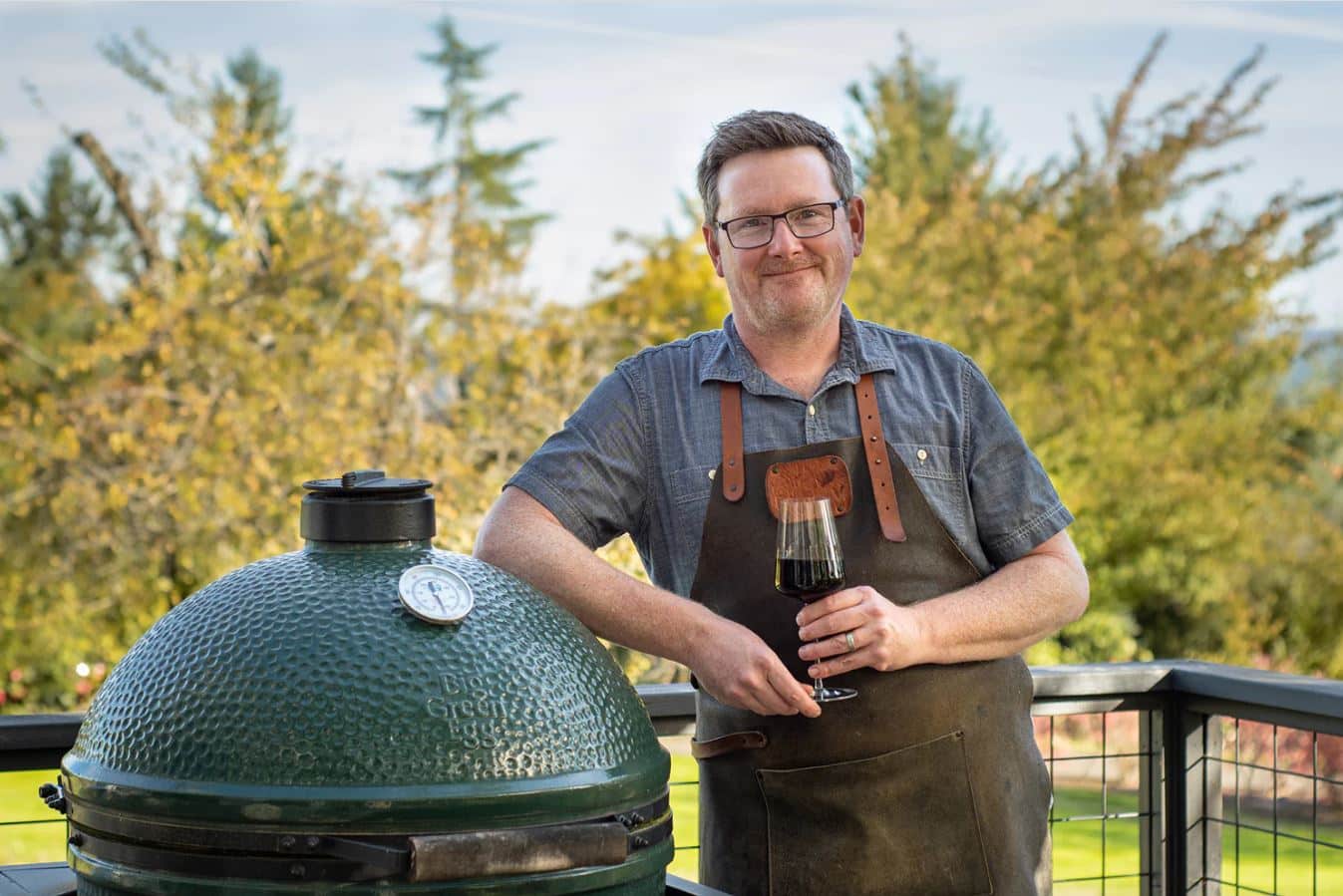
Sean Martin is a co-founder of Vindulge, a website dedicated to the art of barbecue and creating delicious backyard cooking experiences, and co-author of the cookbook Fire + Wine.
2. Keep the lid closed - and vents open
It depends on what you're cooking, but if you can, keep the lid of your grill closed in winter. Grill expert Christie Vanover says 'For best results, you should keep the grill lid closed as often as possible when cooking in the winter. Otherwise, cool air will enter the grill, which can prolong cook times.'
Recipe developer Marye Audet agrees. 'Grills lose heat faster in colder temps, so keeping the lid closed as much as possible is key. It’s tempting to keep checking on your food, but every time you open the lid, you’re letting out precious heat. Trust your instincts and maybe a good meat thermometer.'
In cold weather when you need to keep the lid closed, consider a Bluetooth thermometer. A Bluetooth meat thermometer like this at Amazon will send the internal temperature of whatever you're cooking to your phone, so you don't have to open the lid of the grill to check on your food.
But don't completely cut off the air supply. Keep the vents open to stoke the flames while limiting cold air reaching the grates. Grill expert Sean Martin says 'In colder weather you want charcoal grills to have the top and bottom vents open more to allow additional airflow to keep the heat consistent. This is why they typically burn more fuel. Keep the top of the grill shut while warming up and grilling to retain the heat but keep the vents open to keep your target temperature.'
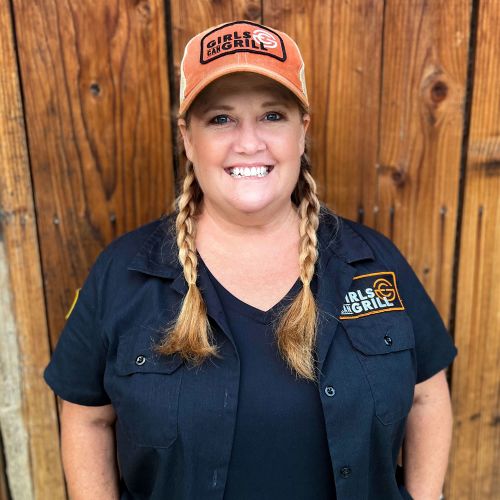
Christie Vanover is the owner of Girls Can Grill and is an award-winning competitive pitmaster. She has cooked on dozens of grills and has around 30 in her backyard at any given time. She has developed recipes for several companies within the grilling and BBQ industry. Christie also competed in Season 4 of Food Network’s BBQ Brawl and is the host of the BBQ Tips Podcast.

Marye is a recipe developer with more than 30 years of experience in all things food. Specializing in vintage Southern recipes & comfort food, she is a New York Times best-selling cookbook author and the founder of Restless Chipotle, a recipe blog.
3. Try a thermal blanket
If you don't mind spending a little extra money, you can also insulate your grill with a thermal blanket. Christie Vanover says 'If you have a thin metal grill, you can purchase a thermal blanket. Just be sure to find one designed especially for grills, because they are fire resistant.'
A thermal blanket like this at Amazon helps to raise the ambient temperature in your grill, making it faster to light and heat up in cold temperatures. On top of that, it makes your grill more efficient, so you'll use up fewer pellets, lumps of charcoal, or units of gas.
4. Keep your propane or pellets warm
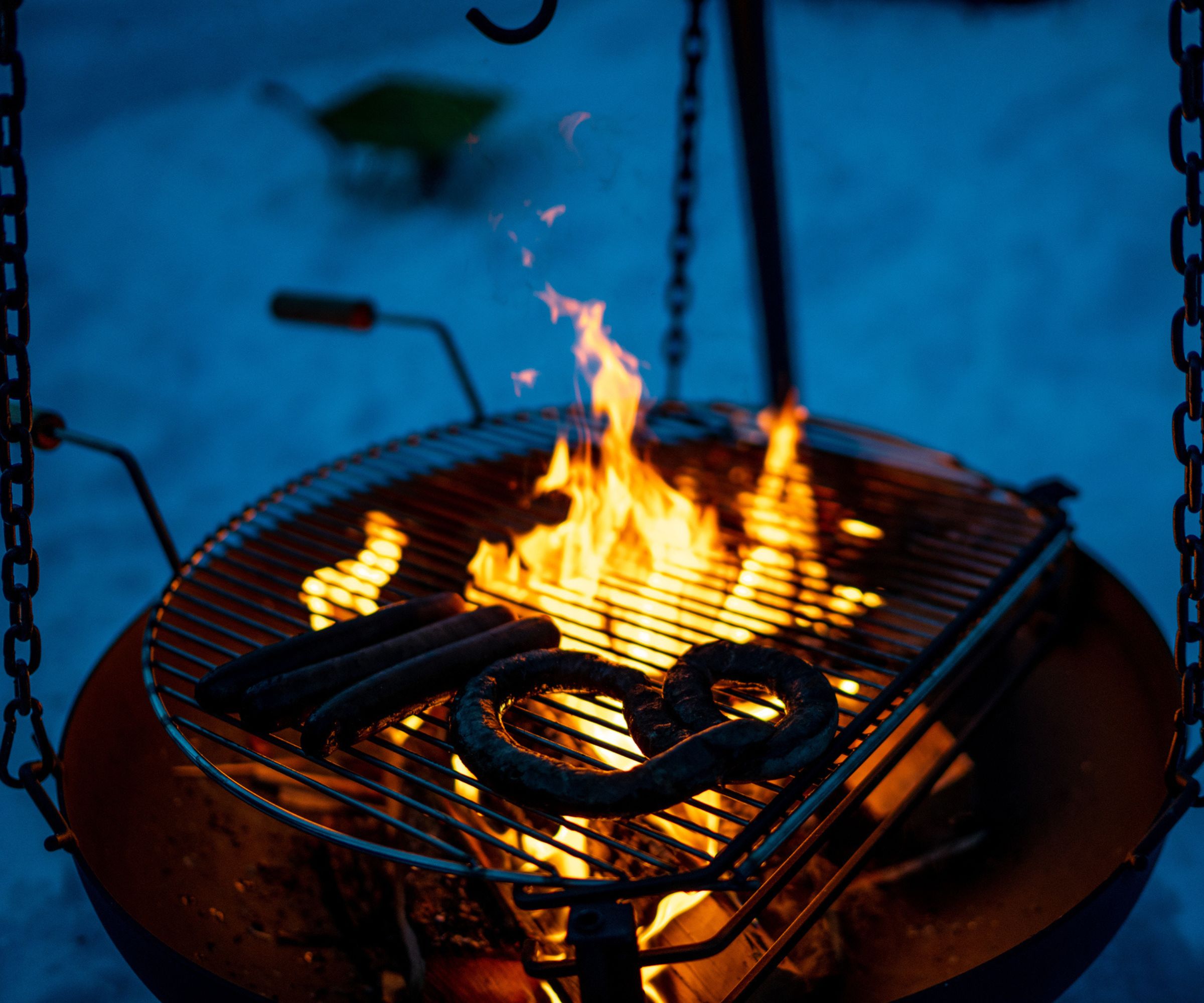
Christie Vanover also adds that if you use a gas grill, try keeping your propane warm. It should never be exposed to a heat source, but keeping it in a relatively warm place like a garage can save you money in the long run.
Christie says 'When it’s cold, the pressure in propane tanks decreases, which can reduce their efficiency. To prevent this, you can keep your propane tanks in a warm place like a garage or shed until you’re ready to use it. Or you can wrap it with a thermal blanket designed for propane tanks.' These blankets are easy to find at Home Depot or other retailers.
Cold also affects wood fuels. Sean Martin says 'Most charcoal grills, except Kamado Grills, will burn fuel faster to maintain the same heat level when it's cold, so have extra fuel on hand.'
If you want to use a smoker, he also suggests investing in some insulation. Sean says 'If you have a pellet grill consider investing in an insulation accessory that sits over the cooking chamber. This will slow down the rate you burn pellets.
5. Invest in ceramic

If you live somewhere cold and you know that for four months of the year, you'll be grilling in sub-zero temperatures, consider buying a ceramic grill. These grills use ceramic plates rather than metal, which are excellent at conducting and maintaining high temperatures. With a little practice, a ceramic grill can hold high heat for hours.
Christie Vanover says 'How your grill holds temperature in the winter depends on the style and quality. Grills built with thinner metal and without seals around the lid will not maintain heat as well because they aren’t insulated and can let in drafts. Ceramic cookers work great in the winter because they are extremely insulated.'
The drawback is that these grills can be expensive. The best ceramic grills - like our favorite, the Kamado Joe II, available at Best Buy, can set you back thousands of dollars, so this tip won't work for everyone.
6. Move the grill
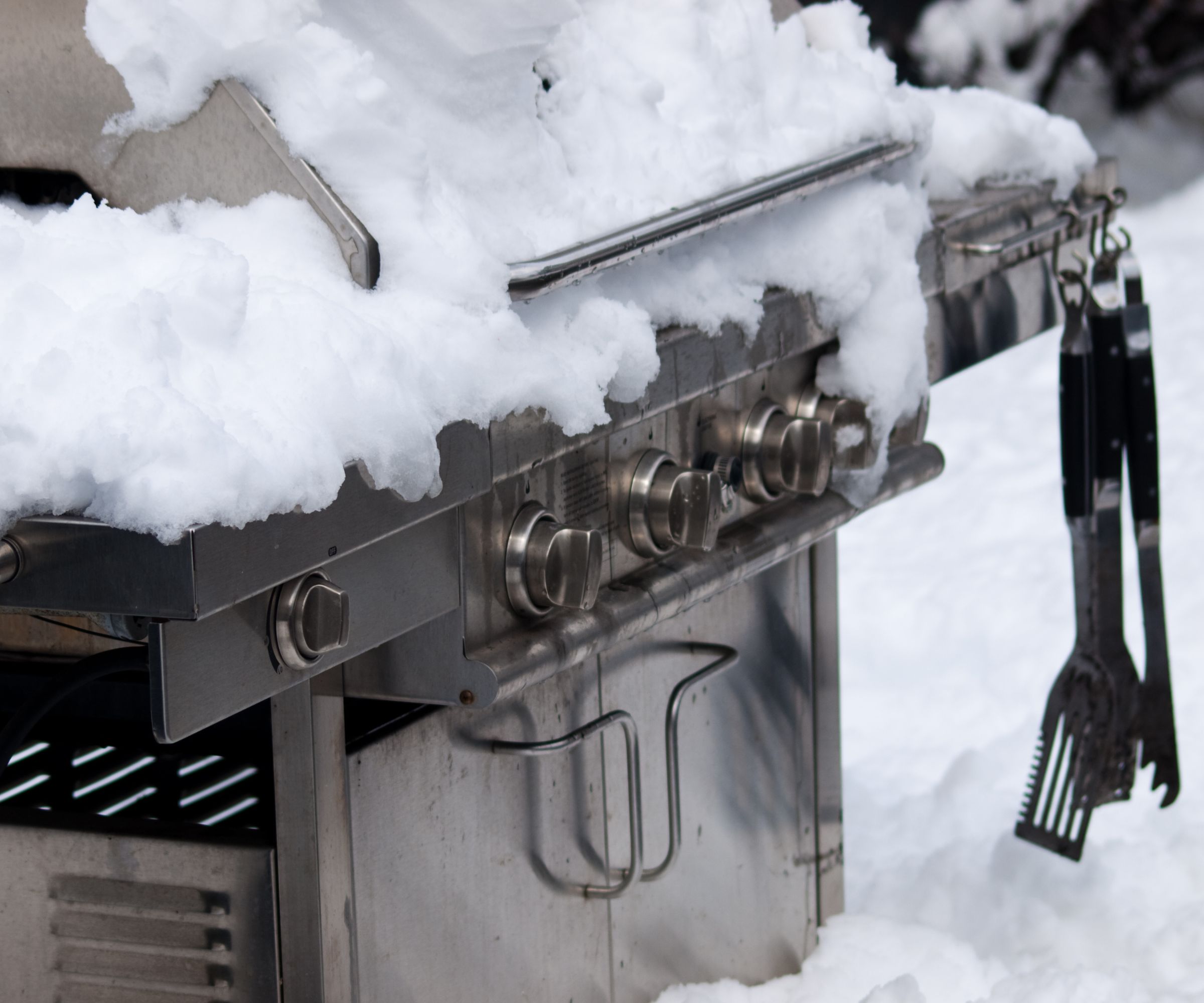
Sometimes the placement of the grill can be an issue. If it's somewhere windy or exposed, you'll find it harder to light your grill and maintain it at the proper temperature.
However, don't move it closer to your home. While it's tempting to grill next to a wall of your house and use it as a windbreak, it can be dangerous.
Sean Martin says 'Avoid moving your grill closer to your home to avoid any safety issues from flare-ups and grease fires which can still happen in cold weather. Generally, you want any grill 10 feet away from your home.'
Instead, find somewhere a little way away from the house protected by a wall or fence. Sean says 'Instead, consider moving to an area on your patio or deck protected by a large wall (10 feet away) to protect from colder wind, rain, or snow.'
Marye Audet agrees, and adds 'make sure your grilling area is clear of snow and ice so you’re not slipping around out there.'
7. Stick to quick ingredients
Finally, if you can, stick to simple, fast ingredients. Smoking ribs out in the cold can work great, but if it snows or the temperature drops the fire might be extinguished and you lose all your hard work. Instead, try smaller, thinner cuts of meat. There's much less chance of the fire going out and you don't need to stand out in the cold for hours.
Recipe writer Marye Audet says 'One of my favorite winter grilling hacks is to plan meals that cook quickly, like burgers, steaks, or even grilled veggies.'
However, Marye advises that if you do want to smoke or grill something low and slow, use foil to insulate the cuts of meat. Marye says 'If you’re doing something low and slow, like ribs, consider wrapping them in foil to help trap heat and speed things up a bit. Keep a warm tray or insulated container nearby so you can transfer food inside quickly without it cooling down before you’re ready to eat.'
Knowing how to properly maintain your grill can make it a lot easier to use in winter. Learning how to season a grill to keep your grill clean and non-stick is essential, as well as knowing why to stay away from wire grill brushes.
Sign up to the Homes & Gardens newsletter
Design expertise in your inbox – from inspiring decorating ideas and beautiful celebrity homes to practical gardening advice and shopping round-ups.

As a gardens and lifestyle contributor, Alex makes sure readers find the right information to help them make the best purchase. Alex got his start in reviewing at the iconic Good Housekeeping Institute, testing a wide range of household products and appliances. He then moved to BBC Gardeners’ World Magazine, assessing gardening tools, machinery, and wildlife products.
-
 Gwyneth Paltrow's quiet luxury kitchen is so beautiful, we almost overlooked her ultra-smart cabinets – they make the use of 'every inch' of storage space
Gwyneth Paltrow's quiet luxury kitchen is so beautiful, we almost overlooked her ultra-smart cabinets – they make the use of 'every inch' of storage spaceThe Goop founder makes use of dead space in her kitchen with customized cabinetry that reaches to the ceiling, providing ample storage
By Hannah Ziegler
-
 Martha Stewart's intelligent cabinets 'take every inch into consideration' – their 'visually light' style will solve your small kitchen storage problems
Martha Stewart's intelligent cabinets 'take every inch into consideration' – their 'visually light' style will solve your small kitchen storage problems'Every kitchen can be beautiful and functional, no matter what the size': 9 years since sharing her clever storage, Martha's cabinets are just as beautiful
By Megan Slack